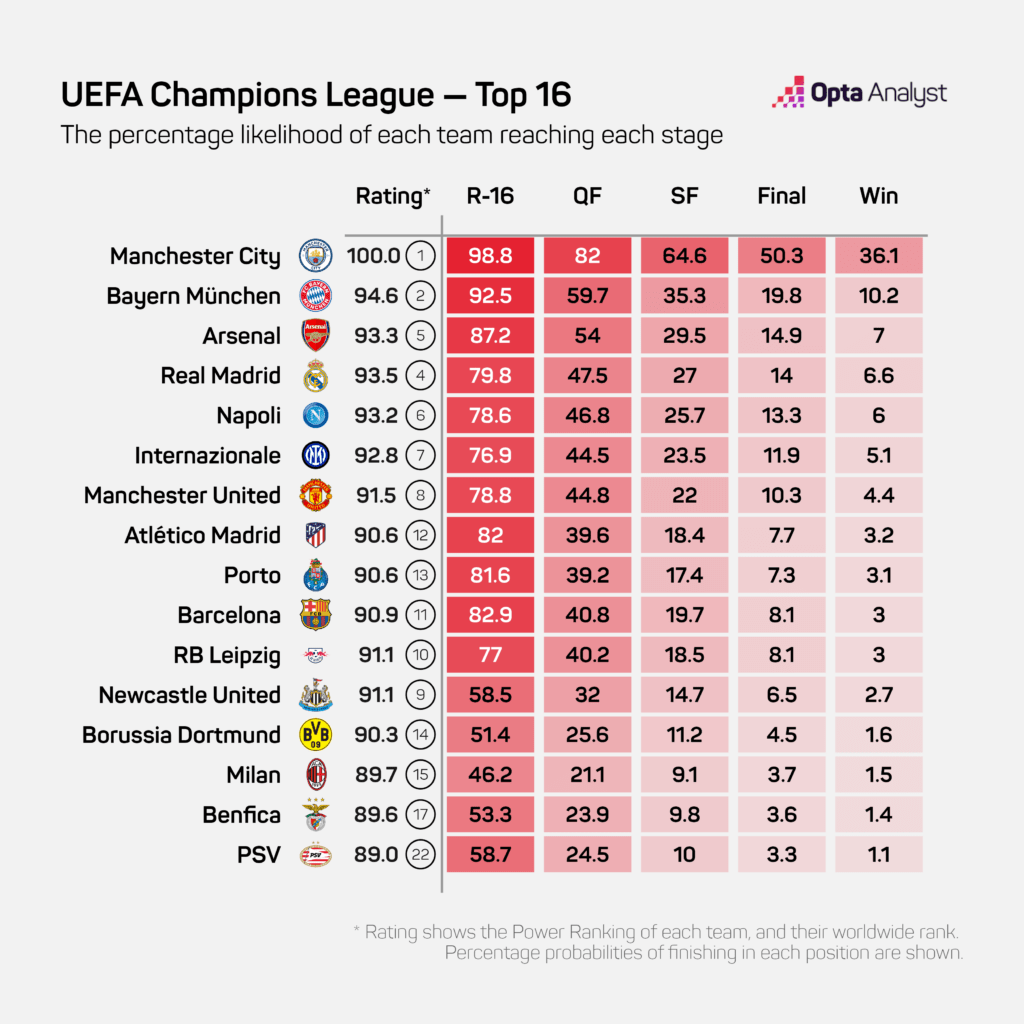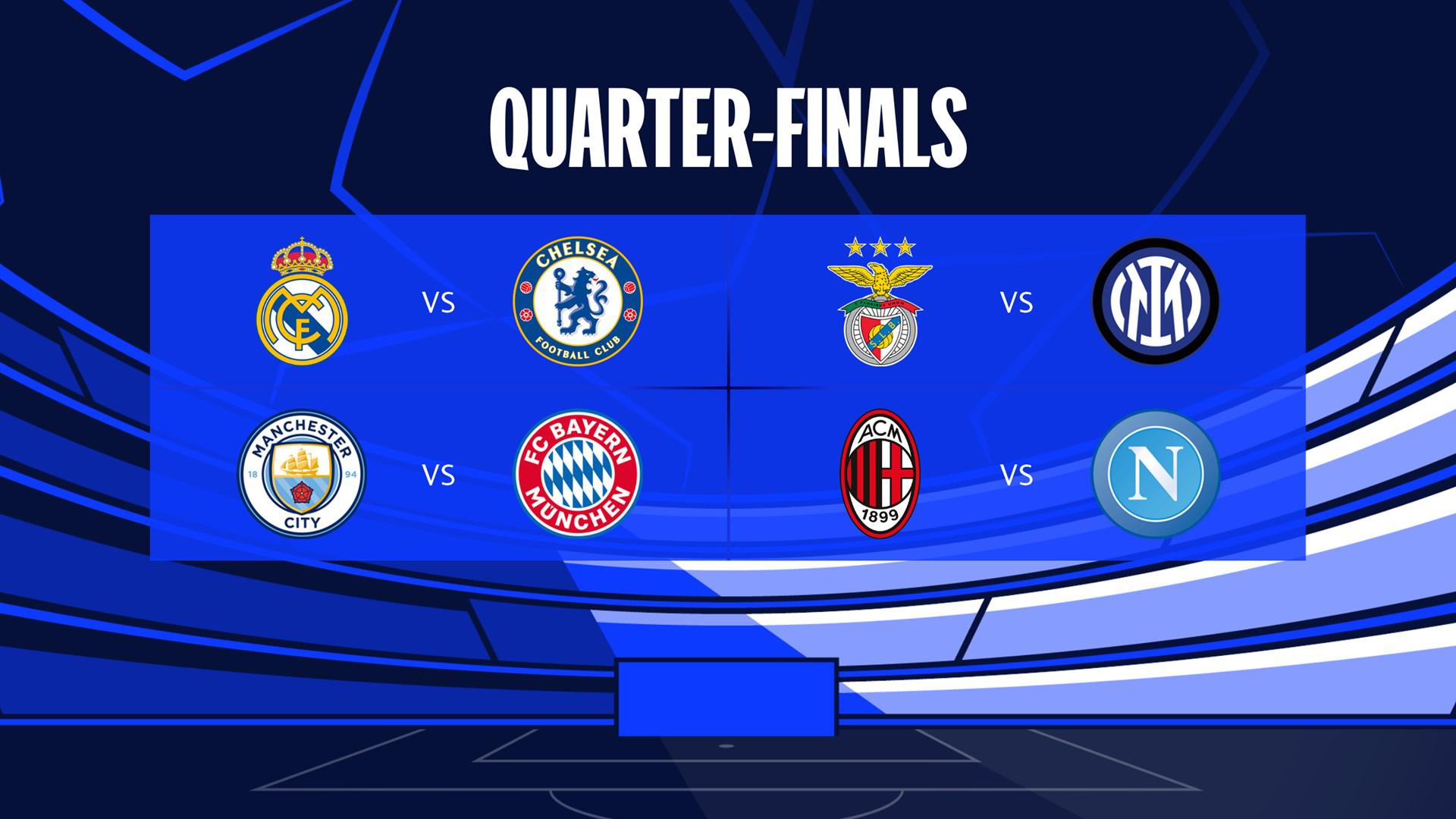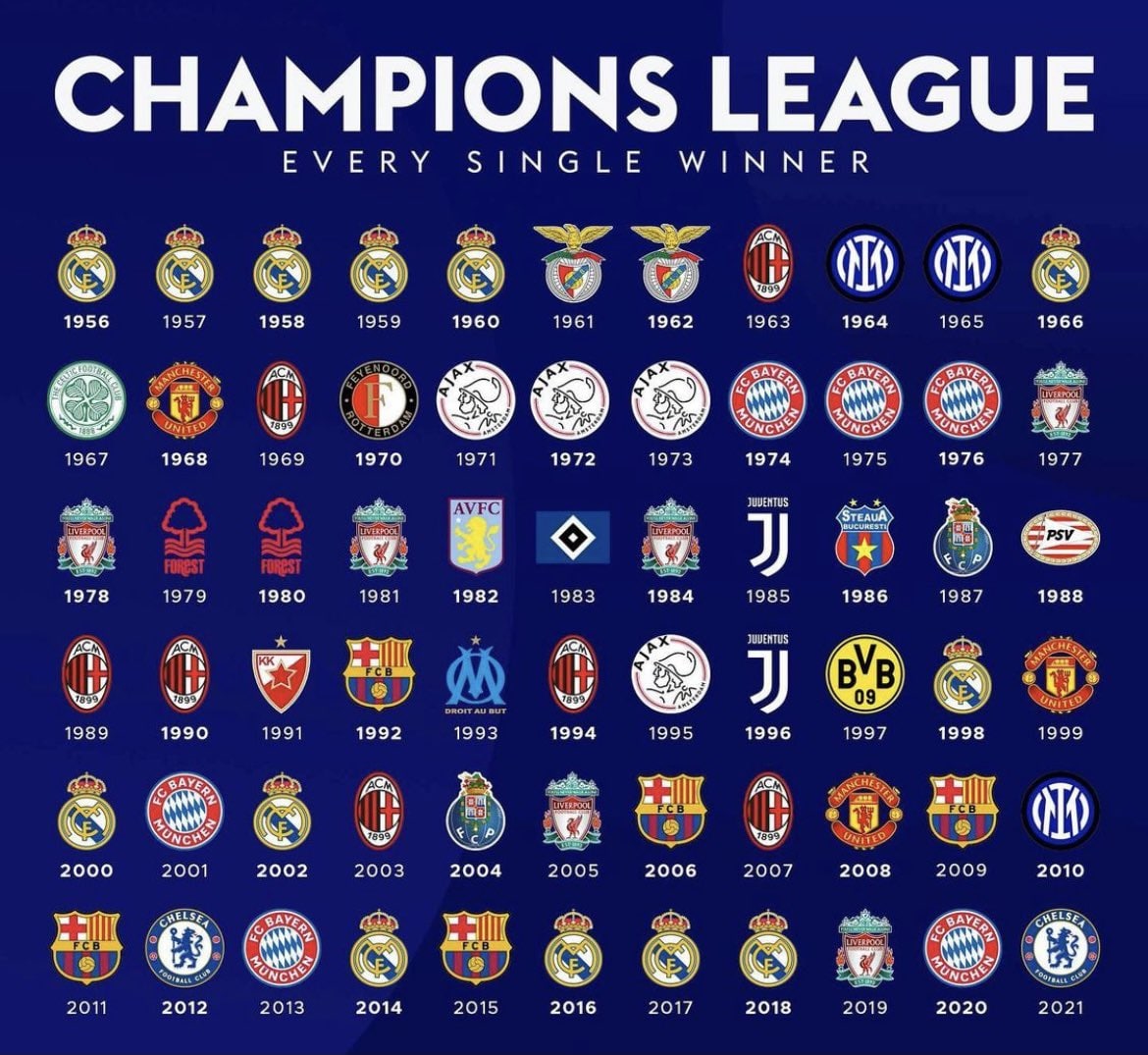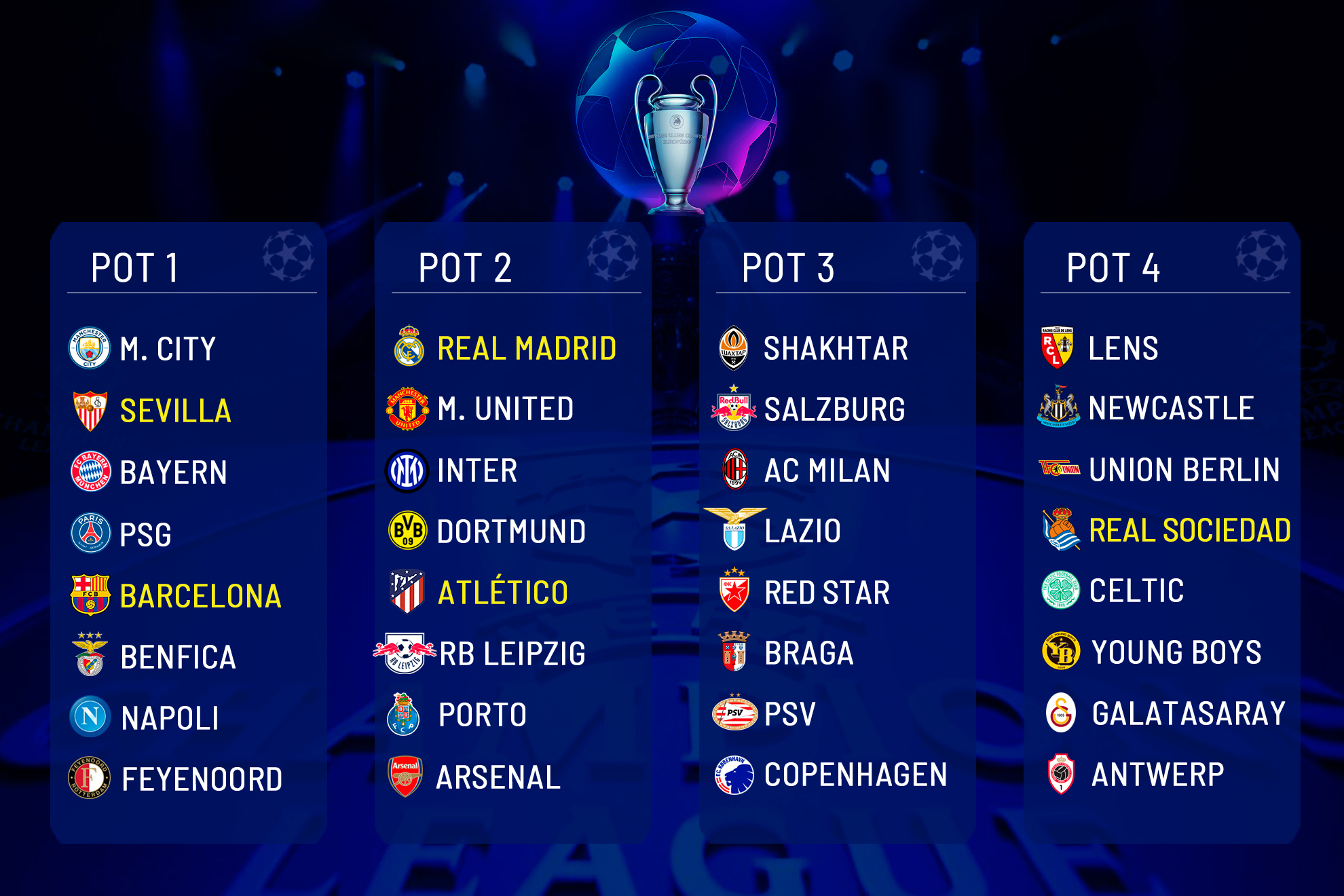Topic champions league qualifying: Discover the thrilling journey of Champions League qualifying, where teams battle for a spot in the world"s most prestigious club competition. This ultimate guide unveils the path to glory.
Table of Content
- 2023/24 Qualifying Highlights
- Competition Structure
- What are the key stages involved in the Champions League qualifying process?
- YOUTUBE: Qualified Round of 16: UEFA Champions League 2023/24 Final Standings Table
- Qualifying Impact
- Competition Structure
- Qualifying Impact
- Qualifying Impact
- Overview of Champions League Qualifying
- 2023/24 Season Qualifying Highlights
- Understanding the Qualifying Structure
- Key Matches and Results
- Impact on Teams and European Football
- League Path Explained
- Champions Path Insights
- Format and Rules of Qualifying Rounds
- How Teams Progress to the Group Stage
- Historical Moments in Qualifying Rounds
- FAQs on Champions League Qualifying
2023/24 Qualifying Highlights
- Olimpija Ljubljana vs. Galatasaray: Galatasaray triumphed with an aggregate score of 4-0.
- Copenhagen and Sparta Praha battled to a draw, with Copenhagen winning 4-2 on penalties.
- KÍ Klaksvík edged out Molde with a 3-2 aggregate victory.
Notable Matches
- PSV Eindhoven vs. Sturm Graz: PSV Eindhoven showcased their strength with a 7-2 aggregate win.
- Braga overcame Bačka Topola with an impressive 7-1 aggregate score.
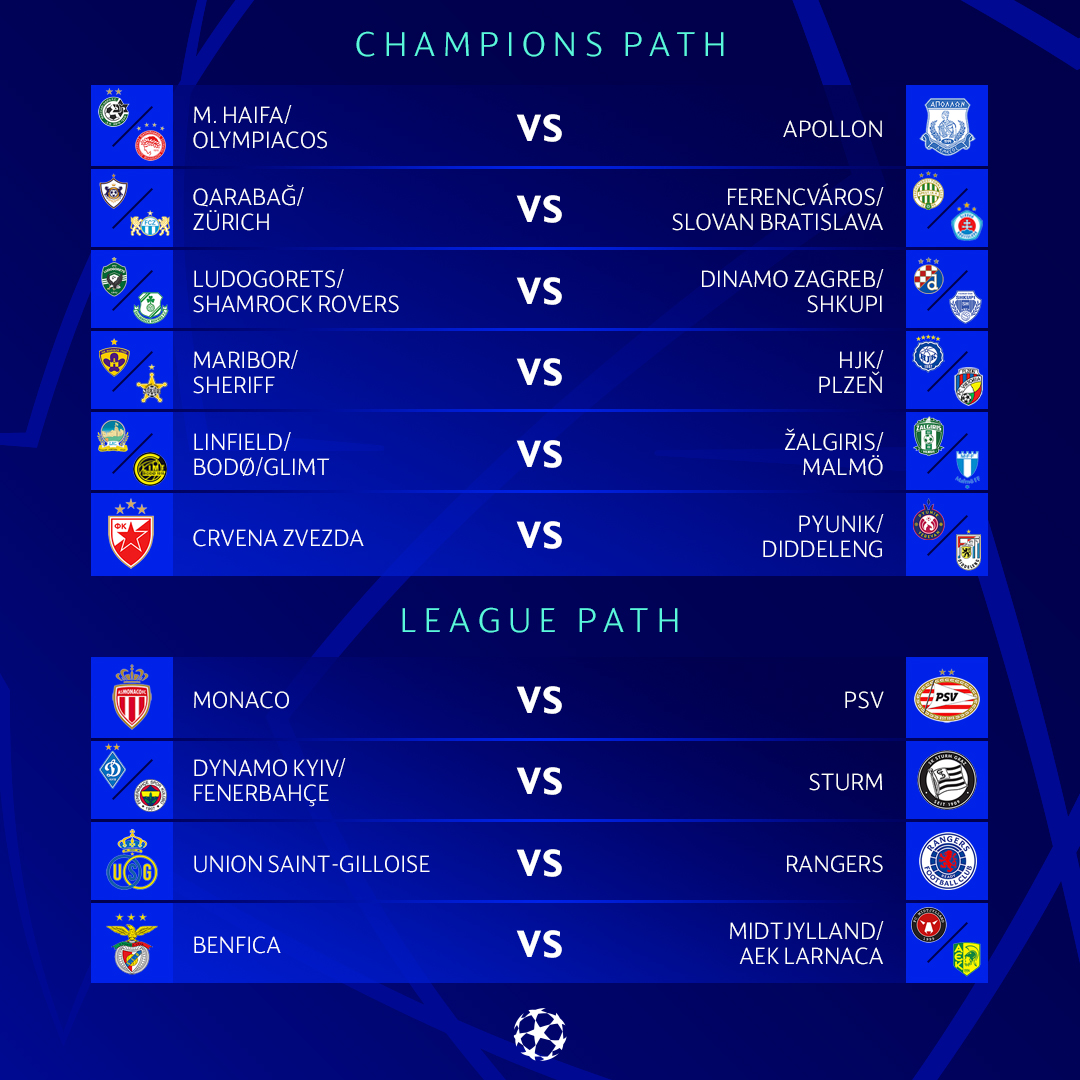
READ MORE:
Competition Structure
The qualifying rounds are divided into Champions and League paths, ensuring a competitive structure. Each tie is played over two legs, with the aggregate score deciding the winner. In case of a tie, extra time and penalties determine the advancement.
League Path
The League Path included teams not qualifying directly for the group stage, providing a secondary route to the Champions League.
| Round | Teams | Result |
| Second Qualifying Round | Genk, Dnipro-1, Servette, Panathinaikos | Entry point for clubs aiming for the group stage |
| Play-off Round | Winners of the third qualifying round | Final hurdle before the group stage |
Key Outcomes
- Teams not advancing from the League Path enter various stages of the Europa League, ensuring European competition exposure.
- The Champions Path highlights domestic league champions from across Europe, emphasizing the diversity and international spirit of the competition.

What are the key stages involved in the Champions League qualifying process?
Key Stages Involved in the Champions League Qualifying Process:
- Preliminary Round: Typically involves a small number of teams playing to advance to the next stage.
- First Qualifying Round: Features teams entering the competition at this stage, usually based on their respective national league performances.
- Second Qualifying Round: The winners from the First Qualifying Round face off against new opponents to progress further.
- Third Qualifying Round: Teams continue to compete, with the victors moving on to the final play-off round.
- Play-off Round: The last stage before the group stage, where teams battle for a spot in the tournament proper.
Qualified Round of 16: UEFA Champions League 2023/24 Final Standings Table
Standings: \"Check out the latest standings to see how your favorite team is performing this season! Stay updated on the leaderboard and follow the exciting journey towards victory in this thrilling video!\" Draw: \"Experience the suspense and excitement of a draw in this captivating video! Witness the intense moments as teams battle it out on the field, leaving fans on the edge of their seats!\"
UEFA Champions League 2023/24 Round of 16 Draw - Qualified Teams 12 - UCL Fixtures 2023/24
UEFA CHAMPIONS LEAGUE 2023/24 Round of 16 Draw - QUALIFIED TEAMS 12 - UCL FIXTURES 2023/24 ...
Qualifying Impact
The UEFA Champions League qualifying rounds not only offer a gateway to the group stage but also highlight the breadth of football talent across Europe. Teams from smaller leagues have the opportunity to compete on the European stage, showcasing their skills and ambition.
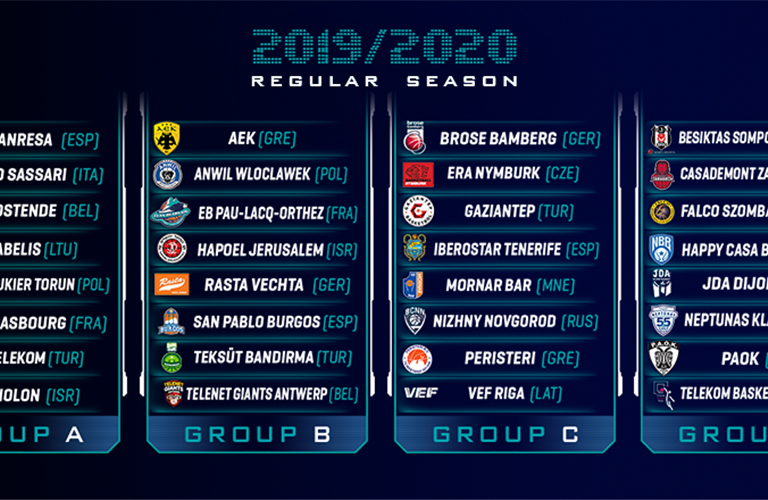
Competition Structure
The qualifying rounds are divided into Champions and League paths, ensuring a competitive structure. Each tie is played over two legs, with the aggregate score deciding the winner. In case of a tie, extra time and penalties determine the advancement.
League Path
The League Path included teams not qualifying directly for the group stage, providing a secondary route to the Champions League.
Key Outcomes
- Teams not advancing from the League Path enter various stages of the Europa League, ensuring European competition exposure.
- The Champions Path highlights domestic league champions from across Europe, emphasizing the diversity and international spirit of the competition.

_HOOK_
Qualifying Impact
The UEFA Champions League qualifying rounds not only offer a gateway to the group stage but also highlight the breadth of football talent across Europe. Teams from smaller leagues have the opportunity to compete on the European stage, showcasing their skills and ambition.

Qualifying Impact
The UEFA Champions League qualifying rounds not only offer a gateway to the group stage but also highlight the breadth of football talent across Europe. Teams from smaller leagues have the opportunity to compete on the European stage, showcasing their skills and ambition.
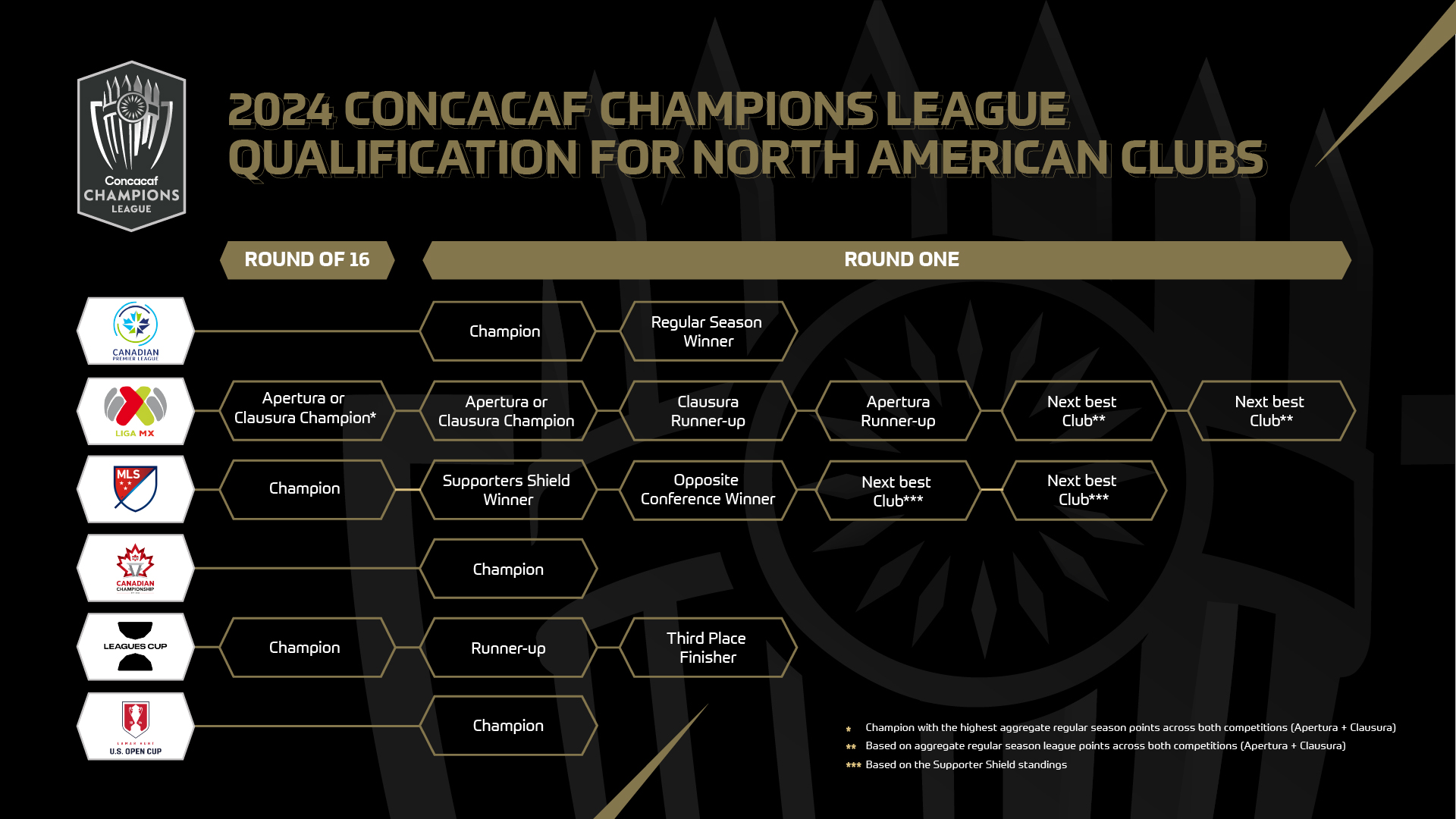
Overview of Champions League Qualifying
The UEFA Champions League qualifying rounds represent the gateway for clubs aspiring to compete in one of the most prestigious tournaments in club football. This multi-stage process determines which teams earn their place in the Champions League group stage, pitting champions and high-ranking teams from various leagues against each other.
- The qualifying rounds are divided into two paths: the Champions Path and the League Path.
- The Champions Path is for domestic league champions not automatically qualified for the group stage.
- The League Path includes teams that finished near the top of their domestic leagues but did not win the championship.
Matches are played over two legs, home and away, with aggregate scores determining who advances. In the event of a tie, away goals, extra time, and possibly penalties decide the winner. This format ensures a highly competitive selection process, highlighting the depth and diversity of European club football.
| Stage | Teams | Format |
| Preliminary Round | Lowest-ranked champions | Single-leg semi-finals and final |
| First Qualifying Round | Champions Path teams | Two-legged ties |
| Second Qualifying Round | Champions and League Path teams | Two-legged ties |
| Third Qualifying Round | Champions and League Path teams | Two-legged ties |
| Play-off Round | Winners from the Third Qualifying Round | Two-legged ties |
This rigorous and challenging process not only tests the mettle of aspiring clubs but also brings together a diverse array of teams from across Europe, each with their own unique story and ambition to compete on the grandest stage of European club football.
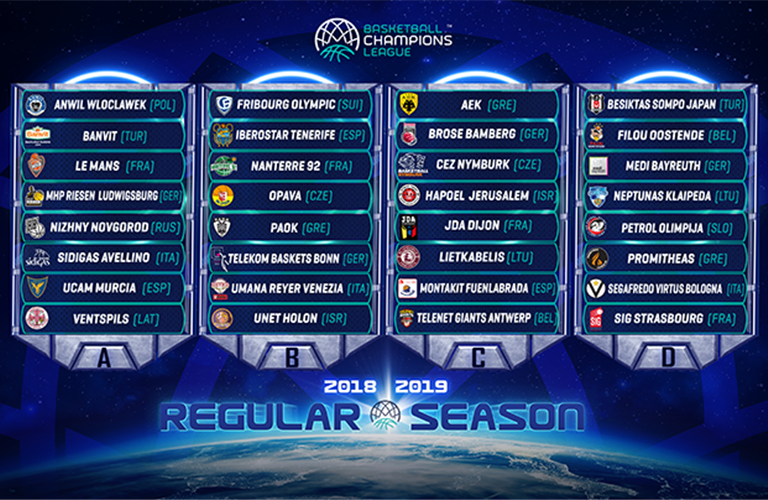
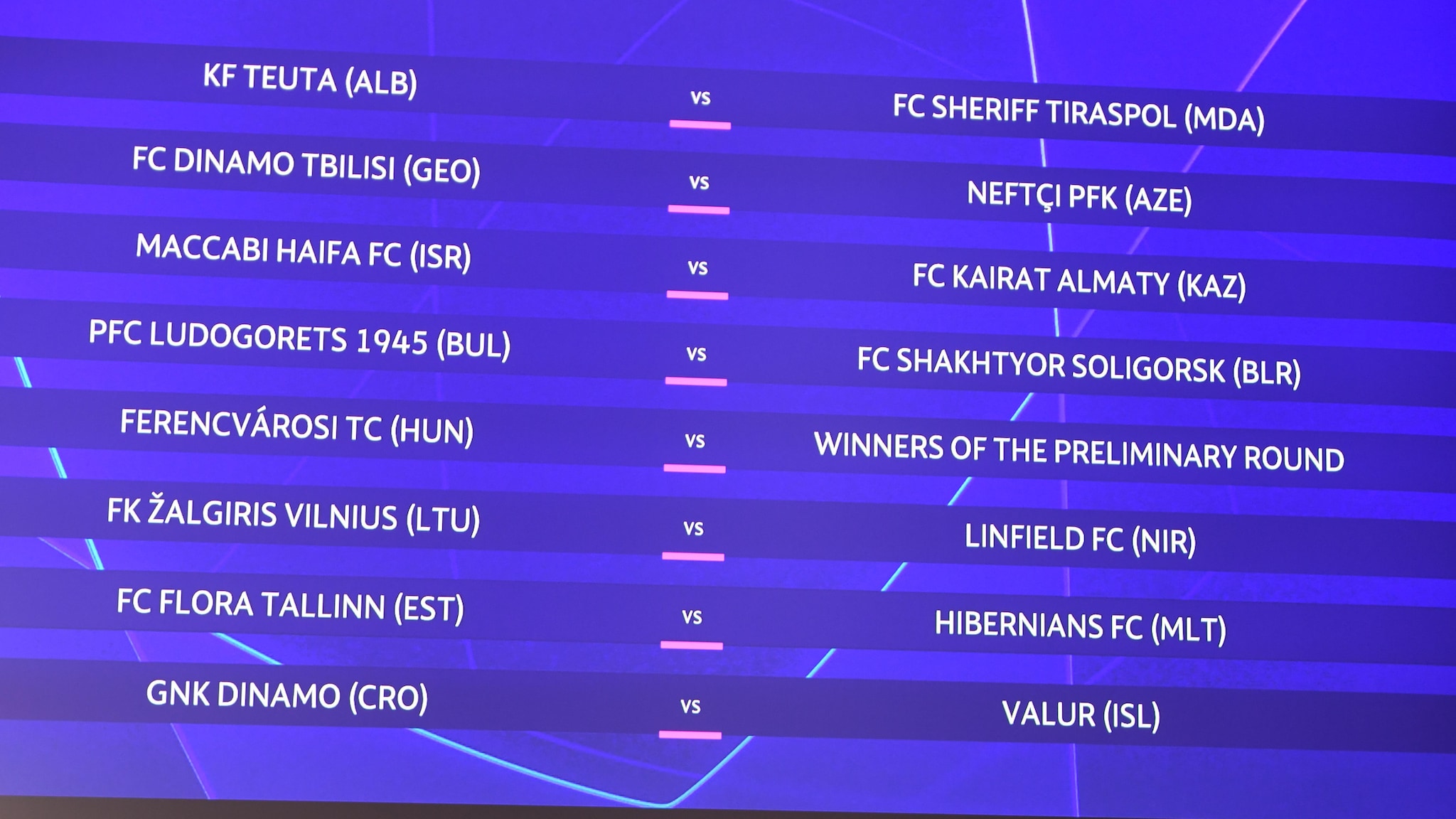


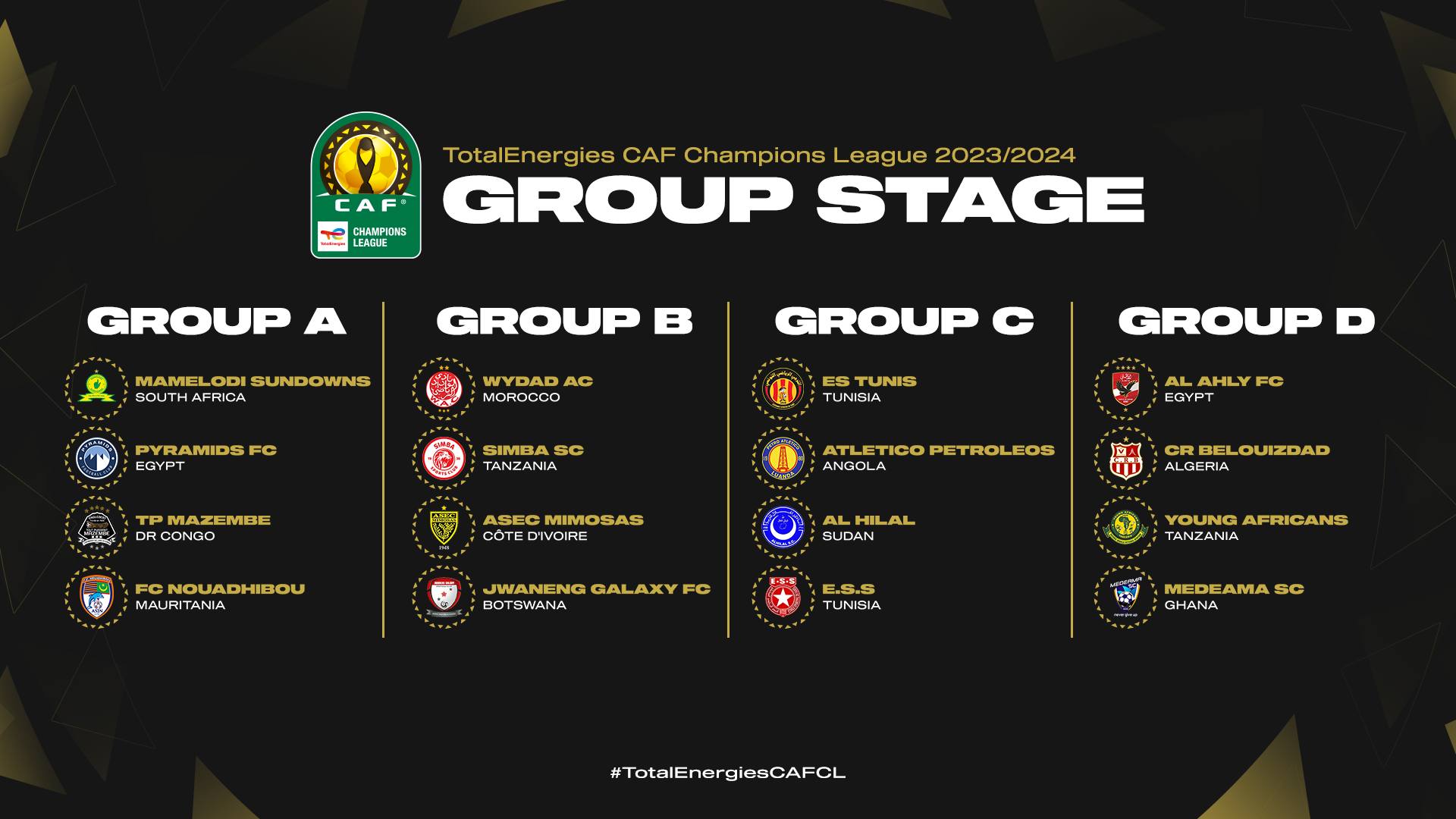



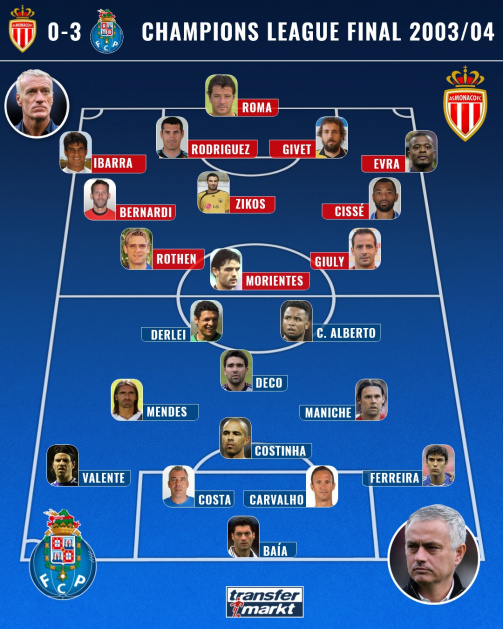

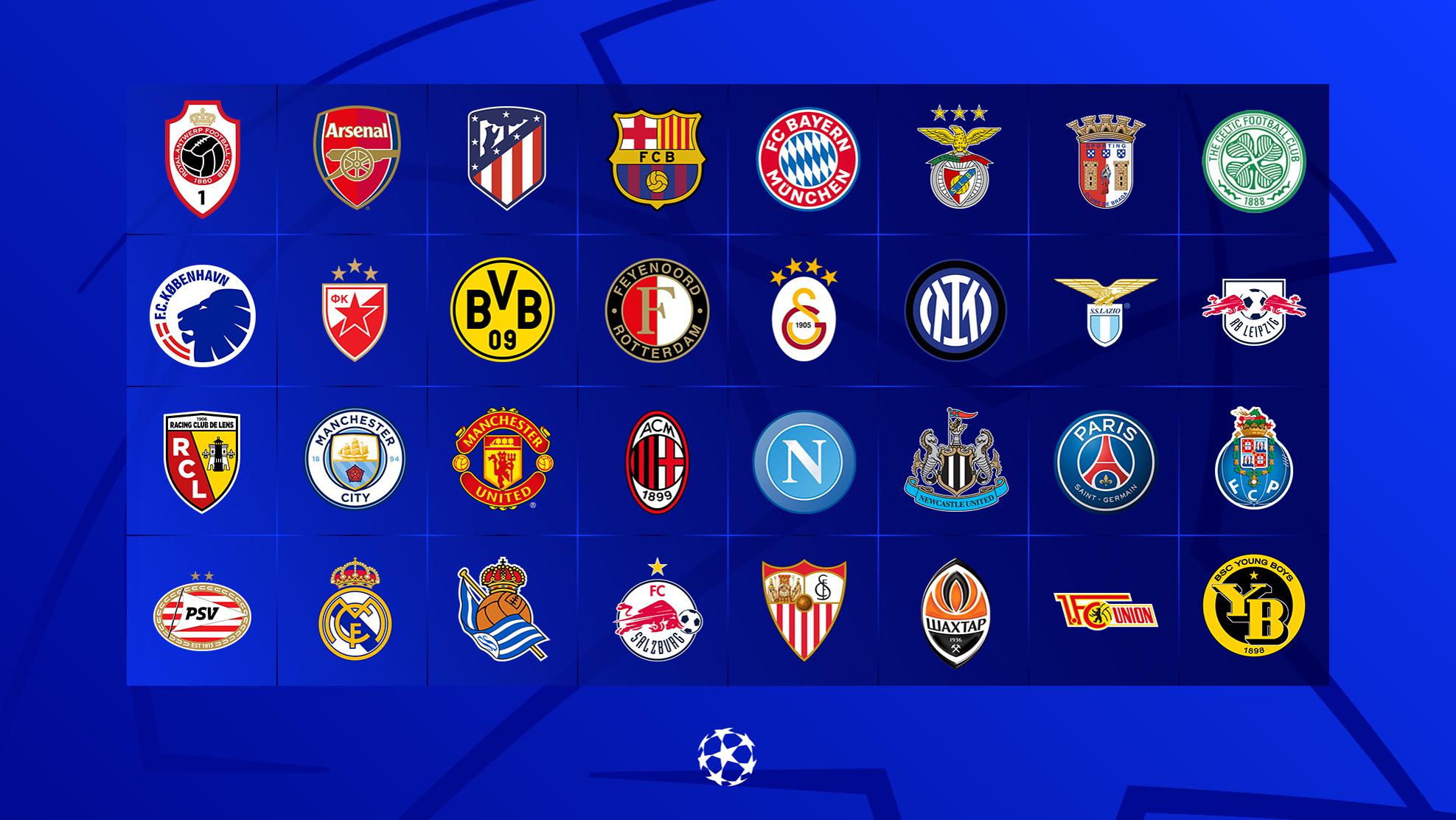
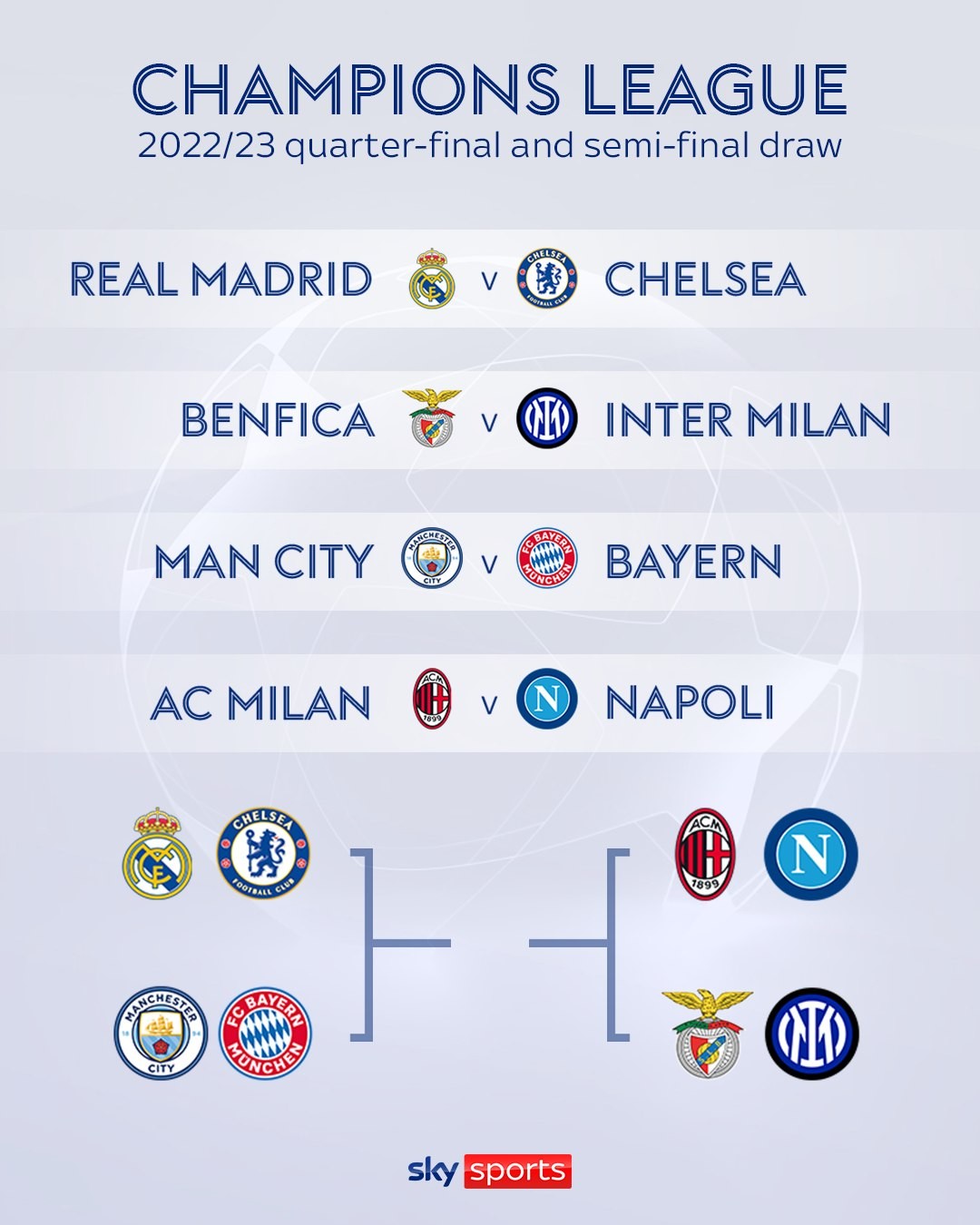
.jpg?auto=webp&format=pjpg&width=3840&quality=60)
